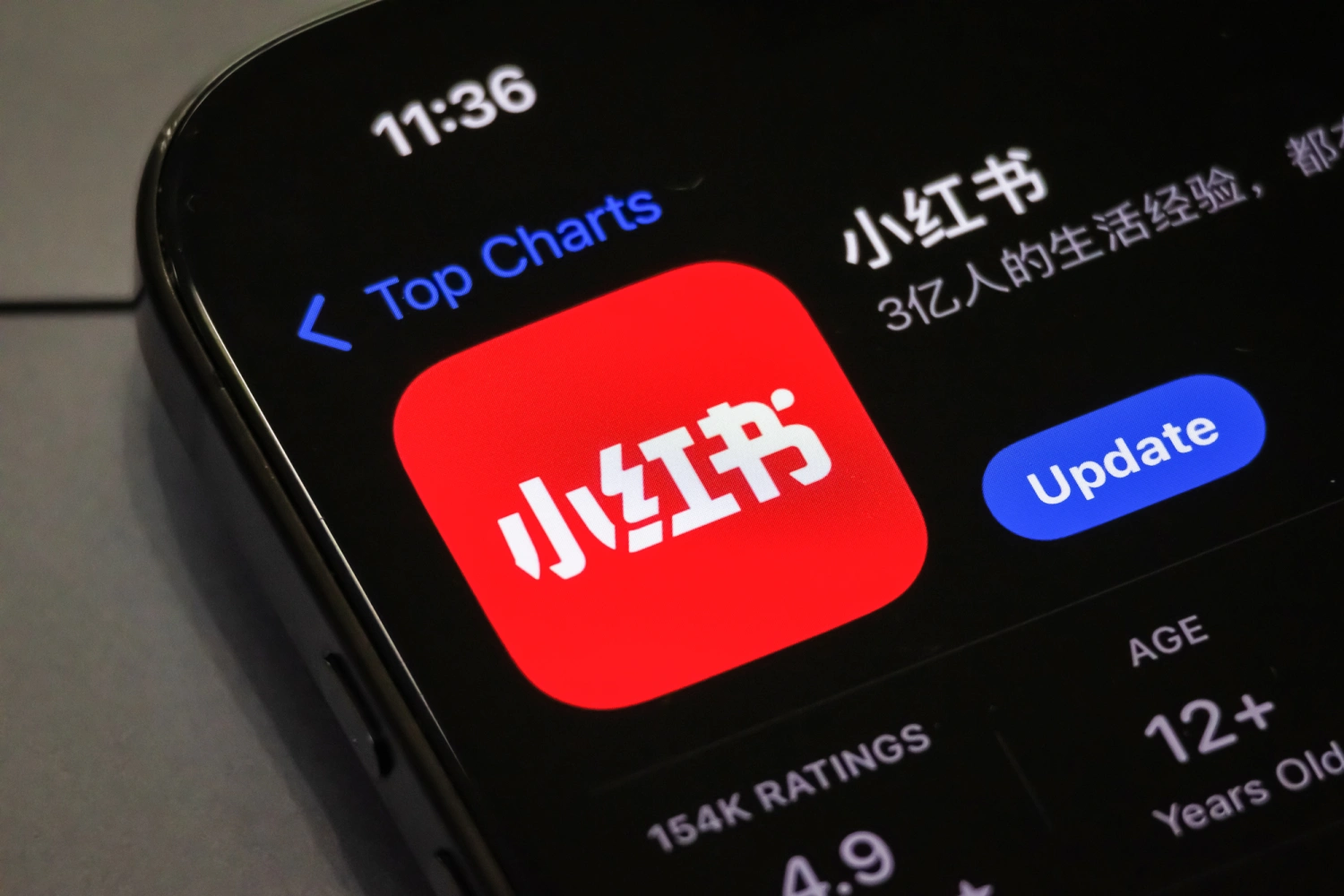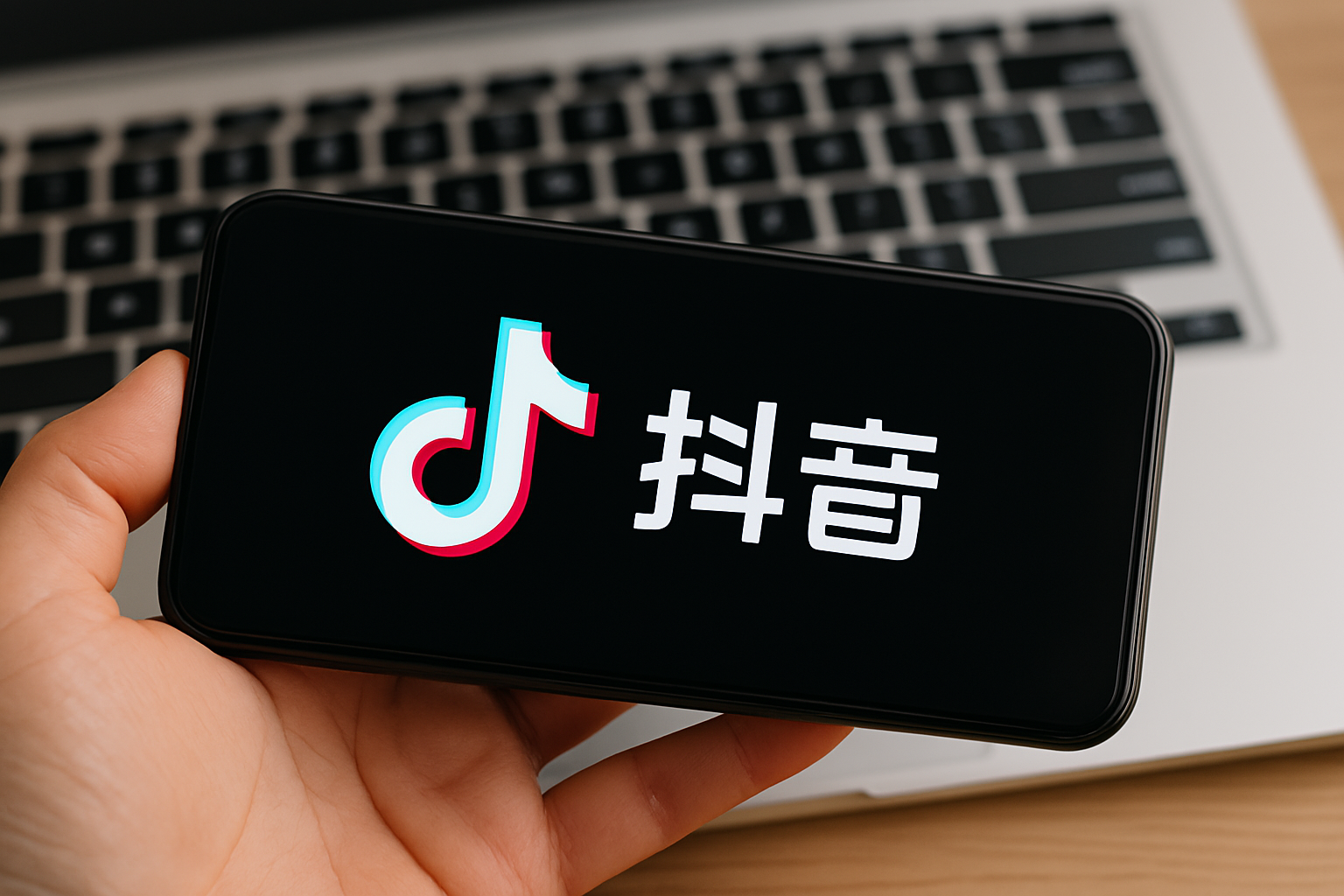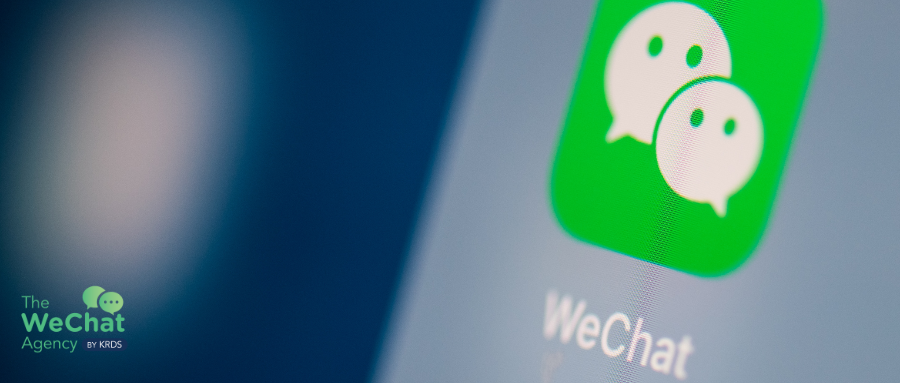In the dynamic realm of digital marketing, it’s crucial to adapt strategies to meet the evolving needs of diverse audiences. One segment that’s gaining increasing prominence is China’s Silver Generation, who are not only embracing technology but also redefining their digital experiences. Let’s explore effective digital marketing strategies tailored to engage China’s tech-savvy seniors.
Digital Habits and Preferences of Chinese Seniors
Firstly, understanding the digital habits and preferences of older Chinese consumers is fundamental to crafting effective marketing strategies. Seniors in China are actively bridging the digital divide, with an increasing number embracing online activities. Recognizing this shift, marketers can tap into this tech-savvy demographic by tailoring content that resonates with their interests and values.
👵🏻 We covered Chinese Silver Generation demographics in our previous article
Leveraging Social Media Platforms for Seniors
Secondly, social media is a powerful tool to connect with audiences of all ages, and seniors in China are no exception. Platforms such as WeChat and Weibo have become integral parts of their digital lives. Moreover, there is a high importance placed on creating content that is not only visually appealing but also aligns with the cultural preferences of older demographics. In this context, incorporating relatable content, such as stories that reflect their experiences and values, can foster a deeper connection.
Additionally, the significance of utilizing social media platforms extends to education and information-sharing. As seniors increasingly turn to digital channels for news and knowledge, marketers can position their brands as reliable sources by providing informative and engaging content.
User-Friendly Interfaces and Websites
One key aspect often overlooked is the importance of user-friendly interfaces and websites tailored for older users. The need for simplicity and clarity in design is vital. Complex navigation and cluttered interfaces may deter older users, limiting their engagement with digital content. By prioritizing user-friendly designs, brands can enhance the overall digital experience for this demographic.
Incorporating Larger Fonts: To accommodate potential eyesight concerns, consider incorporating larger fonts and clear contrasts in your designs. This simple adjustment can significantly enhance readability for older users.
Streamlining Navigation: Older users may prefer straightforward navigation. Streamlining the user journey ensures that seniors can effortlessly access the information they seek without unnecessary complexities.
Emphasizing Security and Trust
There is significant importance in emphasizing security and trust in marketing to China’s silver-haired consumers. Seniors, often more cautious online, appreciate brands that prioritize data security and transparency. Certainly, incorporating trust-building elements into marketing messages can help establish a sense of security, fostering a positive relationship between the brand and the older audience.
As China’s older population embraces technology, digital marketers have a unique opportunity to engage this tech-savvy demographic. By understanding their digital habits, leveraging social media platforms effectively, and prioritizing user-friendly interfaces, brands can create meaningful connections with China’s silver-haired consumers. As we navigate the ever-evolving landscape of digital marketing, adapting strategies to embrace the diversity of our audiences remains paramount.
Discover more articles about Chinese consumers and trends: such as Decoding Gen Z: Navigating China’s Youth Market.



